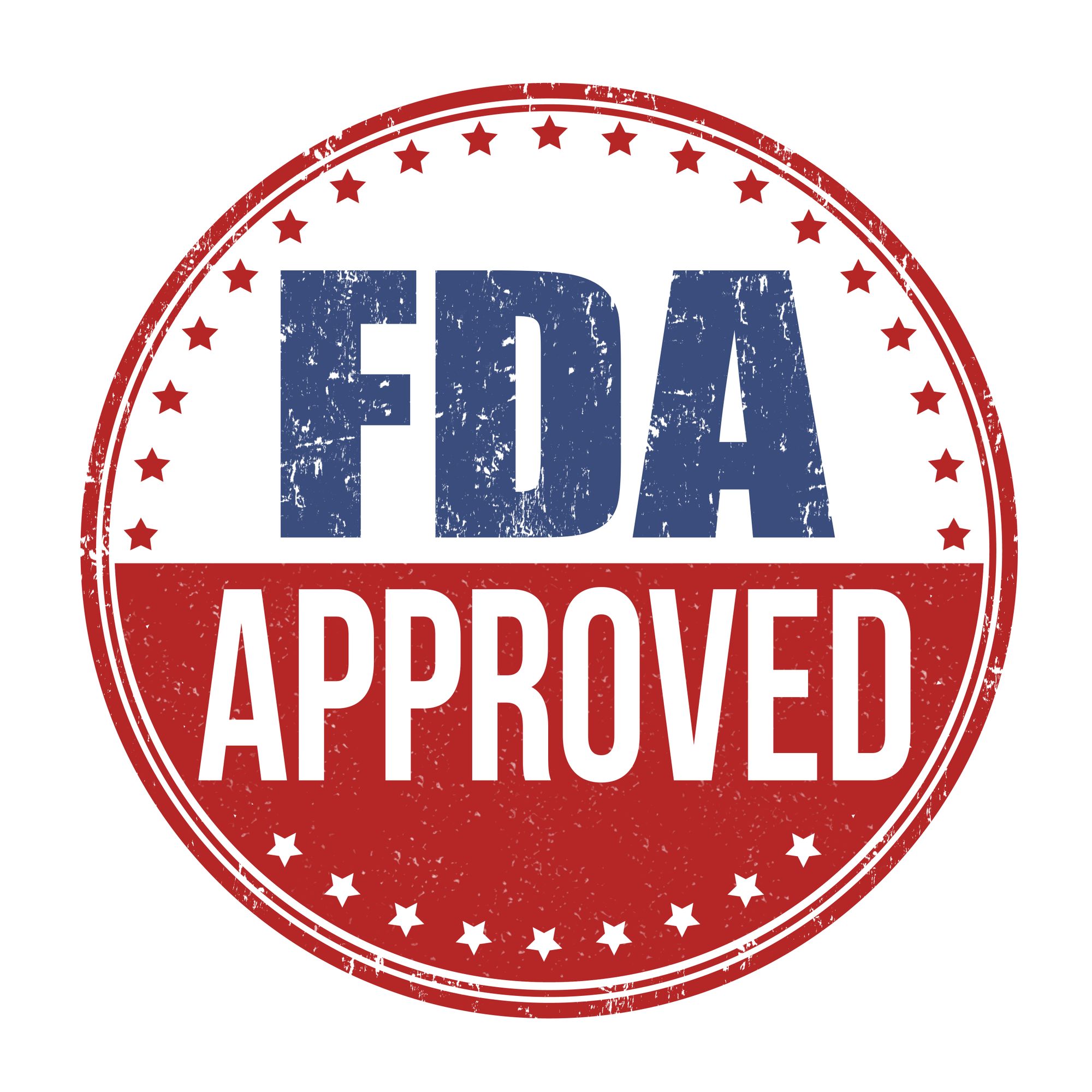Commentary
Video
Balancing Benefits and Risks of Amivantamab
Author(s):
Principal treatment-related toxicities that come from amivantamab administration include skin-related reactions, higher risk of venous thrombolism, and infusion-related reactions.
With numerous approvals for amivantamab (Ami; Rybrevant; Johnson & Johnson) in 2024—at the time of this interview in August, there had been just 2; the third came from the FDA on September 19—both the benefits and the drawbacks of the bispecific antibody have been in the news more than ever. In part 3 of our interview with Joshua K. Sabari, MD, oncologist with NYU Langone Perlmutter Cancer Center, about the August approval, he discusses the toxicities that accompany its intravenous administration, in particular, the skin-related reactions and the risk of venous thromboembolism.
This transcript has been lightly edited for clarity.
Transcript
Can you discuss what are notable adverse effects of amivantamab treatment and how to best manage them?
The side effects for amivantamab intravenous most commonly are infusion-related reactions, and these side effects occur on cycle 1, day 1. We know how to manage them. We've had a lot of experience in EGFR exon 20 insertion–mutant disease. Interestingly, in the subcutaneous formulation, which is not yet FDA approved, we sort of mitigated; we don't see this infusion-related reaction. So with the IV [intravenous] formulation of amivantamab, it’s important to split the dose into cycle 1, day 1 and day 2, and to premedicate patients with steroids, antipyretics, as well as other types of medicines in the label.
The other side effects that I think are a bit more troublesome for amivantamab are the skin toxicities, things such as dermatitis paronychia. These are EGFR-mediated skin toxicities, so a lot of work has gone in now to better understand and manage and mitigate the skin toxicities. An ongoing trial, the COCOON study [NCT06120140], is looking at prophylactic management of skin toxicities with use of antibiotics such as doxycycline prophylactically and other ceramide-based topical creams.
Another side effect of amivantamab that one should be monitoring closely is the increased risk of venous thromboembolism. We know that there was a 3-fold rate of venous thromboembolism when Ami was given in combination with lazertinib [Ami-Laz], and I think to mitigate that we are now giving prophylactic anticoagulation to all patients starting on this regimen—at least for the first 4 months, as per the label—and this has reduced the rate of venous thromboembolism significantly. So again, I think despite the toxicities with this therapy, I think if managed appropriately, we are able to achieve more durable responses as well as longer progression-free survival in our patients.
So when we compare the toxicity profile of Ami-Laz vs osimertinib, there clearly is higher toxicity profile with amivantamab and lazertinib. The only one that really stands out as being different is diarrhea. Diarrhea, you see a higher rate of grade 1/2 toxicity for osimertinib than you do for amivantamab and lazertinib. But clearly for skin toxicity, I think we do see more skin toxicity with a combination of amivantamab and lazertinib, and these need to be managed appropriately in our patients in clinical practice.

Navigating Sport-Related Neurospine Injuries, Surgery, and Managed Care




